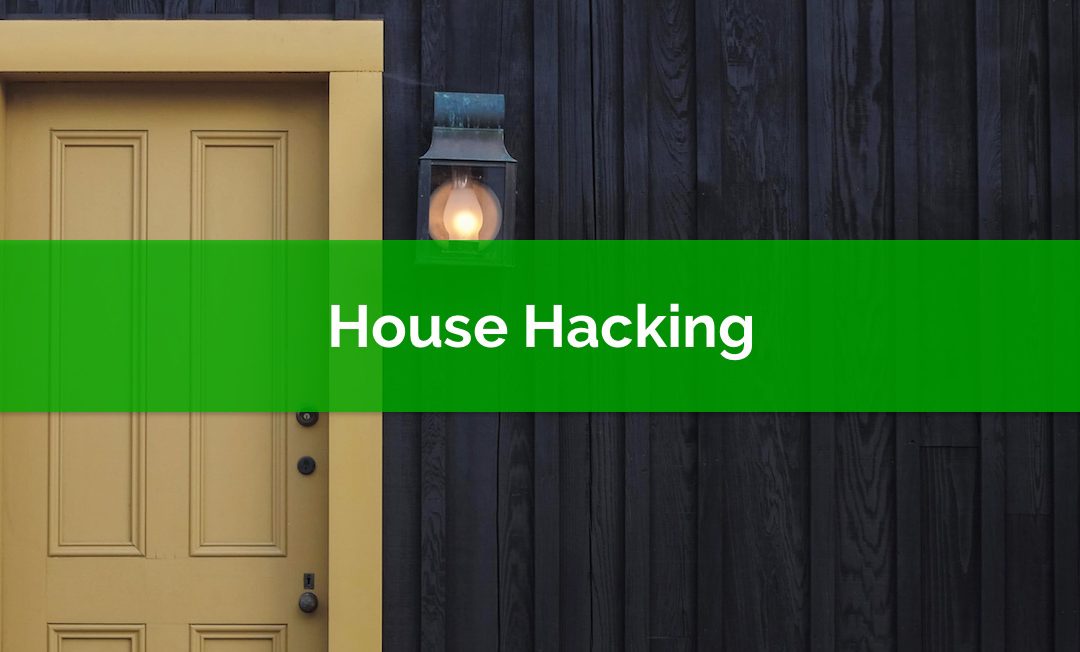“Welcome to the PlanEasy blog! We make personal finance easy.
Thanks for visiting.”
– Owen

DYK? Your Marginal Effective Tax Rate Could Be 60-70%!
Did you know? Your marginal effective tax rate could be as high as 60-70%?!?
You might be thinking….
What is a “Marginal Effective Tax Rate” anyway, and why is it so high?!?
Well….. let’s start with a term you might be more familiar with, your marginal tax rate (no effective).
You marginal tax rate is how much tax you pay on the next dollar you earn. For high income earners this can be above 53%. For the next $100 they earn, $53 goes to taxes and only $47 goes in their pocket.
Thankfully, with our progressive tax system, low and moderate income earners pay a much lower rate, typically in the 20% to 40% range depending on their income. This means a low or moderate income household will only lose $20 to $40 of the next $100 they earn to income tax.
Your marginal effective tax rate is your marginal tax rate plus the claw back from government programs. These claw backs are based on your net income and work much the same way that income tax does, the more you earn, the more of your government benefits get clawed back.
This is a very important consideration when planning your finances. For some low and moderate income households these government claw backs can exceed 30%. This can push Marginal Effective Tax Rate (METR) over 60%. That means $60 of the next $100 they earn will be lost to taxes and claw backs!!!
For example, a family with two children (my situation) who is earning ~$50,000 per year will lose 32.5% of the next dollar to claw backs and 29.7% to income taxes. Their combined marginal effective tax rate is 62.2%!
A family of four earning $50,000 can easily have a marginal effective tax rate that is higher than a single person earning $220,000+.
Two things greatly affect METRs, marital status and children. These two factors affect government benefits the most so in this post I’ll look at how different family situations can affect your METR and I’ll show you in detail how I calculated the METR for my family, including the income level where each government benefit gets clawed back.

The Hidden Tax Rate: Government Programs And Their Claw Back Rates
There are many government benefit programs that are “income tested”.
You might be asking… “What does “income tested” mean exactly?!?”
This means that the benefits you receive will fluctuate with your net income.
Higher income means lower benefits. Lower income means higher benefits. For low or moderate income households this becomes a very important consideration when creating a financial plan.
At the most extreme, a family with two children earning around $50,000 can expect to lose 32.5% of the next dollar they earn due to these benefit claw backs. This is on top of their marginal tax rate of 29.65%. That means that between claw backs and income taxes over 60% of the next dollar earned will go to the government. Ouch!
While this is an extreme case it does illustrate the impact of these claw backs on certain income levels and family types.
The challenge with these benefits is that the calculation is often not straightforward. Specific rules and claw back rates are often hidden and not easily found. There are also considerations like marital status, number of dependents, disability, income and deductions. This makes it difficult to understand your particular claw back rate.
In addition, many income tested benefits are not based on gross income but on net income, more specifically adjusted family net income (AFNI). In the most basic sense this is your gross income minus any deductions.
One of the most interesting financial planning opportunities this creates is with RRSP contributions.
RRSP contributions are considered a tax deduction and will decrease your net income. This in turn will increase your government benefits. That’s right, the government will increase your benefits today if you save for the future. For low and moderate income households this can sometimes make RRSP contributions more appealing vs TFSA contributions.
This is a BIG post, there are eight government programs we’ll cover.
For each benefit program, we include the benefit amount, the claw back rate and the income level at which the benefit disappears entirely.

House Hacking Your Way To Zero Housing Costs
Today we have a guest post about house hacking from Erik. Erik a personal finance and self-improvement junkie who blogs over at The Mastermind Within. House hacking is one of those things I wish I knew about when I was a bit younger. It’s entirely possible to house hack your way to zero housing costs. Housing represents 35% of the average household’s budget so reducing that, even by a little bit, can mean a huge increase in your capacity to save.
In this post, Erik shares the 5 reasons why he believes house hacking is the best early age wealth building strategy. I hope you enjoy it!

Owen Winkelmolen
Advice-only financial planner, CFP, and founder of PlanEasy.ca
“Welcome to the PlanEasy blog! We make personal finance easy.
Thanks for visiting.”
– Owen
New blog posts weekly!
Tax planning, benefit optimization, budgeting, family planning, retirement planning and more...

DYK? Your Marginal Effective Tax Rate Could Be 60-70%!
Did you know? Your marginal effective tax rate could be as high as 60-70%?!?
You might be thinking….
What is a “Marginal Effective Tax Rate” anyway, and why is it so high?!?
Well….. let’s start with a term you might be more familiar with, your marginal tax rate (no effective).
You marginal tax rate is how much tax you pay on the next dollar you earn. For high income earners this can be above 53%. For the next $100 they earn, $53 goes to taxes and only $47 goes in their pocket.
Thankfully, with our progressive tax system, low and moderate income earners pay a much lower rate, typically in the 20% to 40% range depending on their income. This means a low or moderate income household will only lose $20 to $40 of the next $100 they earn to income tax.
Your marginal effective tax rate is your marginal tax rate plus the claw back from government programs. These claw backs are based on your net income and work much the same way that income tax does, the more you earn, the more of your government benefits get clawed back.
This is a very important consideration when planning your finances. For some low and moderate income households these government claw backs can exceed 30%. This can push Marginal Effective Tax Rate (METR) over 60%. That means $60 of the next $100 they earn will be lost to taxes and claw backs!!!
For example, a family with two children (my situation) who is earning ~$50,000 per year will lose 32.5% of the next dollar to claw backs and 29.7% to income taxes. Their combined marginal effective tax rate is 62.2%!
A family of four earning $50,000 can easily have a marginal effective tax rate that is higher than a single person earning $220,000+.
Two things greatly affect METRs, marital status and children. These two factors affect government benefits the most so in this post I’ll look at how different family situations can affect your METR and I’ll show you in detail how I calculated the METR for my family, including the income level where each government benefit gets clawed back.

The Hidden Tax Rate: Government Programs And Their Claw Back Rates
There are many government benefit programs that are “income tested”.
You might be asking… “What does “income tested” mean exactly?!?”
This means that the benefits you receive will fluctuate with your net income.
Higher income means lower benefits. Lower income means higher benefits. For low or moderate income households this becomes a very important consideration when creating a financial plan.
At the most extreme, a family with two children earning around $50,000 can expect to lose 32.5% of the next dollar they earn due to these benefit claw backs. This is on top of their marginal tax rate of 29.65%. That means that between claw backs and income taxes over 60% of the next dollar earned will go to the government. Ouch!
While this is an extreme case it does illustrate the impact of these claw backs on certain income levels and family types.
The challenge with these benefits is that the calculation is often not straightforward. Specific rules and claw back rates are often hidden and not easily found. There are also considerations like marital status, number of dependents, disability, income and deductions. This makes it difficult to understand your particular claw back rate.
In addition, many income tested benefits are not based on gross income but on net income, more specifically adjusted family net income (AFNI). In the most basic sense this is your gross income minus any deductions.
One of the most interesting financial planning opportunities this creates is with RRSP contributions.
RRSP contributions are considered a tax deduction and will decrease your net income. This in turn will increase your government benefits. That’s right, the government will increase your benefits today if you save for the future. For low and moderate income households this can sometimes make RRSP contributions more appealing vs TFSA contributions.
This is a BIG post, there are eight government programs we’ll cover.
For each benefit program, we include the benefit amount, the claw back rate and the income level at which the benefit disappears entirely.

House Hacking Your Way To Zero Housing Costs
Today we have a guest post about house hacking from Erik. Erik a personal finance and self-improvement junkie who blogs over at The Mastermind Within. House hacking is one of those things I wish I knew about when I was a bit younger. It’s entirely possible to house hack your way to zero housing costs. Housing represents 35% of the average household’s budget so reducing that, even by a little bit, can mean a huge increase in your capacity to save.
In this post, Erik shares the 5 reasons why he believes house hacking is the best early age wealth building strategy. I hope you enjoy it!
Join over 250,000 people reading PlanEasy.ca each year. New blog posts weekly!
Tax planning, benefit optimization, budgeting, family planning, retirement planning and more...
Join over 250,000 people reading PlanEasy.ca each year. New blog posts weekly!
Tax planning, benefit optimization, budgeting, family planning, retirement planning and more...
